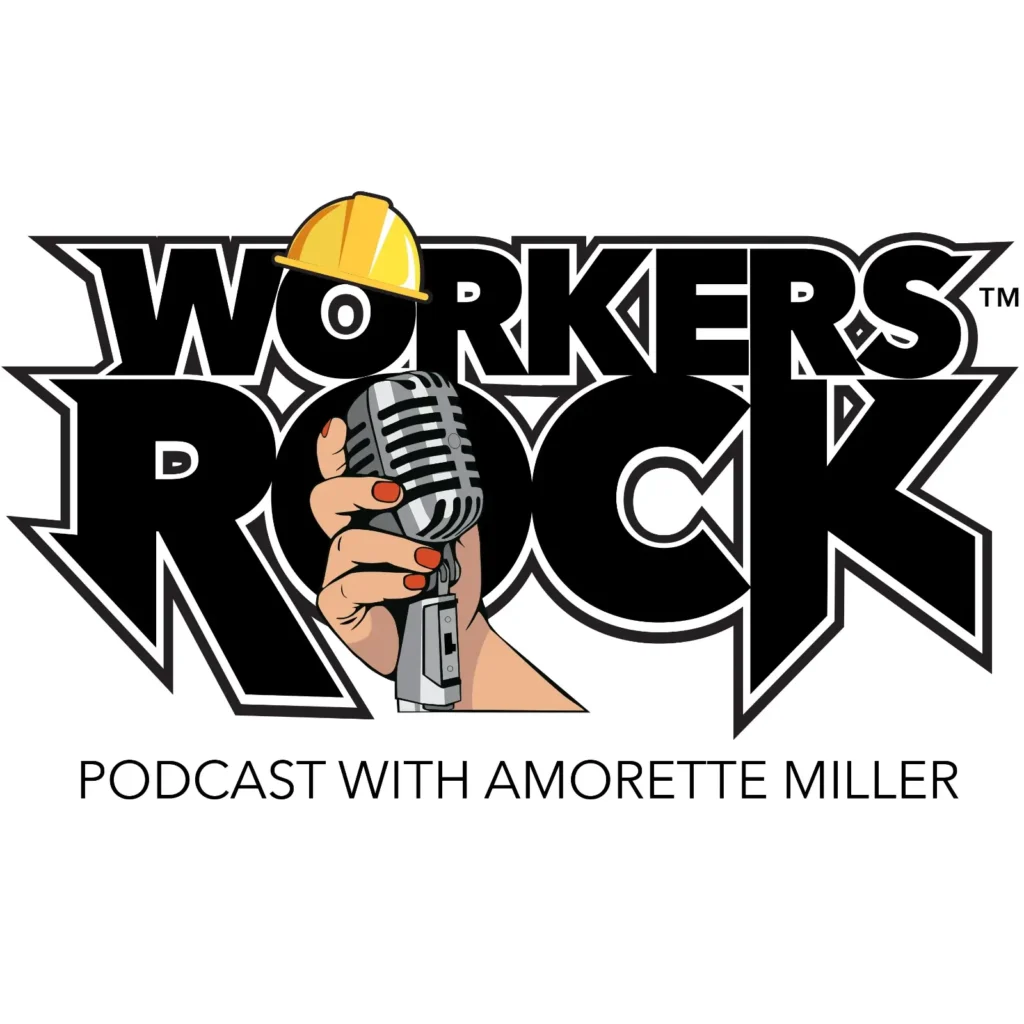About Us
First Residents
Brighton’s first residents were native Americans, members of the Seneca tribe of the Iroquois confederacy. Their trails crossed the Genesee country, connecting Lake Ontario with the Genesee River. Settlers coming to the area after the Revolutionary War used these same trails to search out land for purchase.
Buffalo Creek Treaty
The 1788 Buffalo Creek Treaty, negotiated by Oliver Phelps, eliminated the Seneca’s claim to the 2,500,000 acres east of the Genesee River that had been purchased in 1787 from Massachusetts by Phelps and his partner, Nathaniel Gorham. Surveyed into ranges and townships, the heavily forested land was bought by eastern New York and New England farmers who expended a lifetime’s energy in clearing the land.
Enos Stone of Lenox, Massachusetts, was one of the original purchasers of Township Thirteen, Range Seven. His son, Orringh, in 1790, chose the 210 acres of lot #12 near the convergence of two Seneca trails on which to site his farm and tavern, providing food and lodging to hundreds of pioneers who poured into the Genesee country. Near the “Rock and the Elm,” a landmark for traveling Senecas and settlers, the early log cabin was replaced in 1792 by a simple frame dwelling which housed the ten Stone family members as well as countless visitors and long-term boarders. The two-story structure that faces what is now East Avenue was added in 1805. Louis Philippe (later King of France), Aaron Burr, Marquis de Lafayette, Joseph Brant, and Captain Charles Williamson enjoyed the hospitality provided at Stone’s Tavern.
19th Century
An act of the New York State Legislature on March 25, 1814, divided Smallwood (once part of Northfield) into Brighton and Pittsford. Named by William Billinghurst for his home in England, Brighton stretched from the Genesee River on the west to Irondequoit Bay and Penfield on the east, from Lake Ontario on the north to the Henrietta town line. The first town meeting was held on April 5, 1814 at Stone’s tavern. Town officials were elected and laws dealing with control of livestock were enacted. Town Supervisor, Oliver Culver, was voted the power to raise funds for town expenses.
The young town continued to thrive, buoyed by the influx of pioneer farmers. In 1814 the population of Brighton was 2860. Nine years later, however, when the village of Rochesterville outgrew its 100-acre lot on the west side of the Genesee, it crossed the river, annexing 257 acres of Brighton territory and reducing the Town’s population by 30%. Rochester continued to appropriate land from Brighton throughout the nineteenth and twentieth centuries. Perhaps the most controversial annexation occurred in 1905 when Rochester acquired the village of Brighton, an area near the intersection of present-day Winton Road and East Avenue.
By mid-nineteenth century, specialized agriculture replaced the grain farming of the pioneer era. Fruit, dairy, and nursery stock thrived in the rich soil. Ellwanger and Barry, for one, used large tracts of Brighton land to grow the fruit and flowers and seeds for a world market.
20th Century
Early in the twentieth century, Brighton’s extensive farm tracts began to give way to the suburban housing that would characterize the Town throughout the 1900s. Several factors contributed to this transformation. The influx of immigrants to the city of Rochester in the second half of the nineteenth century coupled with large-scale urban industrial development contributed to the noise and crowded living conditions in the city. Those who were able purchased property in the country, accessible by private vehicle. At first this privilege of commuting to work and shopping in the city was reserved to the very wealthy, the captains of industry.
Later in the 1800s, horse-drawn omnibuses and trolleys put the countryside in reach of everyone. Transportation improvements, especially the private automobile, contributed to Brighton’s housing development. By the 1920s several tracts were completed or under construction, e.g., the Houston Barnard tract, Homeacres, and Roselawn, the latter two built on or near the site of the old Brick and Tile works on Monroe Avenue. Brighton’s growth continued throughout the twentieth century, the new pioneers migrating from the city along the West Henrietta Road, Monroe Avenue and East Avenue corridors. Brighton enjoyed its reputation as the premier suburb in Monroe County.
Present Day Brighton
Except for a few parcels, the town is completely developed, with homes, office buildings and businesses occupying the former farm acres. Nowhere more than three miles wide, the town stretches in a crescent shape thirteen miles from the Indian Landing at the northeast corner to the Genesee River in West Brighton. It is the third smallest town in Monroe County.
Brighton 200
2014 marks the celebration of our 200th Year. Visit our Bicentennial page here to learn more about how we Celebrated “BRIGHTON200”.









